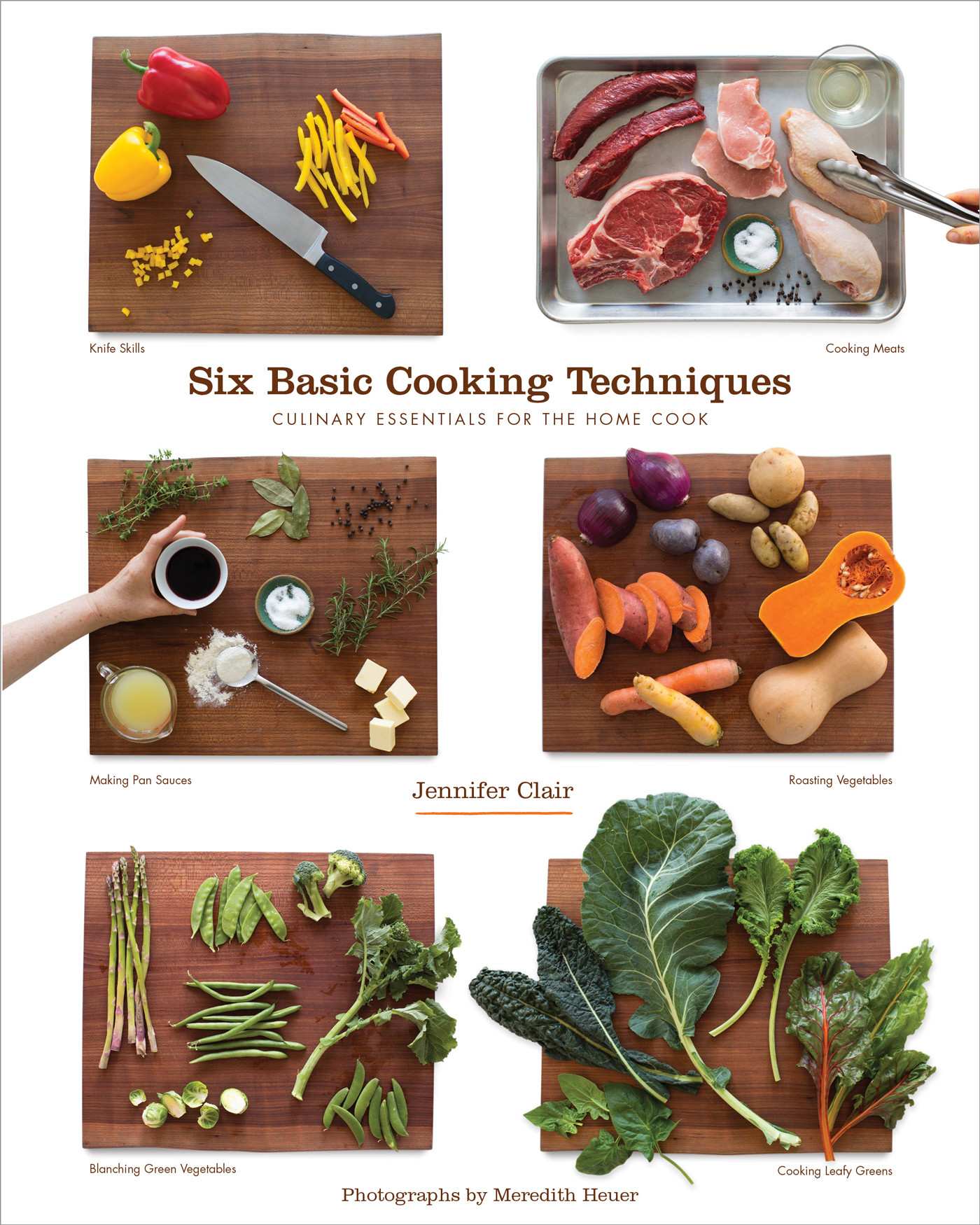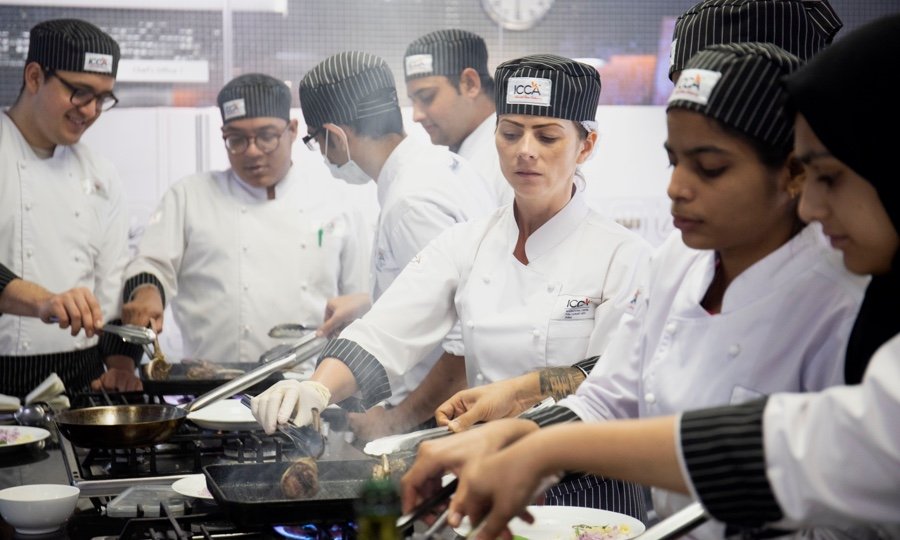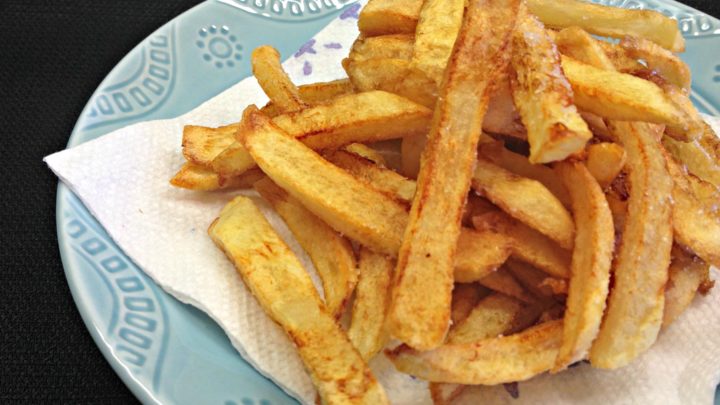
You should be able make a simple, but effective, checklist of your cooking skills for children. These skills range from developing creative recipes to ensuring that the kitchen is safe. Here are some tips to help you teach your children these essential skills. Here's one example of a checklist:
Check out these essential culinary skills
An aspiring chef should not only have a culinary degree but also know how to properly prepare food. These skills include understanding how to prepare food, determine freshness, and convert standard recipes into larger batches. A chef needs to be skilled in time management and an excellent sense of smell, taste, and smell. In addition, he or she should be able to properly handle knives and food equipment.
Sauteing is an adaptable cooking method that can be used for many different ingredients. Lightly sauteed vegetables and shrimp in garlic butter are particularly delicious. Braising is the oldest of cooking methods and usually involves boiling on an open fire. This skill is very basic, but it is still very useful. A good cook is someone who can boil a food. It is essential to learn how to use the knife and to understand safety tips.
Creative recipes
Creativity is key to success when preparing meals. They not only showcase your creativity but also your skills. Divergent thinking, or creative thinking, allows you think outside of the box to generate new ideas. This skill is important for a culinary career because it allows one to experiment with new cooking techniques and flavors, and impress his customers. Your employer will be impressed by your creativity and willingness to try new flavours. Experiment with new flavors and ideas for menus. You can improve your creativity by brainstorming and researching different cooking methods.

A problem with cooking skills definitions is that they can be inconsistent. While they disagree about which one is most important, the authors agree that the definition of the skill needs to change. They argue that the definition of a skill should be evolved from the perceived "Golden Age" when cooking skills were developed beyond a person's ability to prepare basic foods. These skills must be developed and used to create a healthier and more vibrant future for food.
In a kitchen, create a safe space
It is crucial to create a safe working environment in your commercial kitchen for your employees' health. With open fires, bacteria and electrical appliances in the kitchen, it can be dangerous. First, you need to make a plan for your kitchen's cleanliness. Second, ensure that safety equipment is in place. It is important to ensure children are not left unattended in the kitchen. Properly training employees and implementing a safety plan can go a long way to preventing accidents.
All kitchen staff must be trained in fire-safety and fire-resistance. Training in fire-safety is offered by local fire departments. Staff in the kitchen should be familiar with where fire blankets and extinguishers are and how they can be operated. It is also a good idea to train employees in CPR/first aid. Kitchens should always have non-slip flooring.
Food safety hazards:
Identifying food safety hazards is an essential part of your overall safety program, whether you are preparing a meal for your family or catering for a special occasion. It is essential to identify possible hazards when preparing food. Failing to identify potential hazards can lead to brand damage and regulatory action. Codex HACCP compliance by food businesses is critical. It is essential that you identify hazards.

There are many different physical hazards that can cause harm to humans. These hazards can be artificial or natural and can come either from plants or humans. Different physical dangers have different chances of causing injury or illness. These hazards aren't necessarily dangerous but must be identified and eradicated before they can cause damage. To find potential hazards, you must identify the source and then determine how to minimize it. You can also examine the product to determine the source.
FAQ
Do I require any special equipment?
You don't require any special equipment to learn how to cook. The best tools will make cooking more enjoyable. For example, a knife could be used for pasta making or a whisk would be better than a hand mixer for whipping egg whites to stiff peaks. You can make cooking more enjoyable and easier by having the right tools.
Who is the best path to a career in chef work? How do I begin my career as chef?
If you're interested in becoming a chef, you should consider starting as an apprentice. Apprenticeships are a way to earn a living while you learn. After you complete your apprenticeship, it is possible to apply for a job as a sous-chef. Sous chefs supervise cooks and assist them with tasks like making salads and desserts. They also oversee the entire operation of the restaurant.
How do I become a Chef?
There are many routes to becoming a chef. Begin by enrolling at a community college. Consider attending culinary school. Finally, consider a paid internship.
Statistics
- According to the BLS, chefs earn $58,740 a year. (learnhowtobecome.org)
- In the United States, the category is estimated at $23.2 billion annually and is growing faster than the market. (washingtonpost.com)
- You'll be amazed that over 90% of CIA students receive scholarships and grants to finish their culinary studies. (ischoolconnect.com)
External Links
How To
How to cook a Steak
The thickness of the meat determines the best cooking method. Thicker steaks cook best at low heat. Thicker steaks require higher temperatures.
Don't overcook them as they will lose flavor. You should always remove the steak from the skillet when it's done. This will prevent you from burning yourself.
Cooking times vary depending on the size and degree of doneness desired. Here are some guidelines:
Medium Rare: Cook until medium-rare, which is when the internal temperature reaches at least 145degF (63degC). This process takes between 3 - 5 minutes per side.
Medium: Cook the meat until it reaches 160°F (71°C). This usually takes only 6 minutes per side.
Cook well until done. That means that the internal temp reaches 180degF (82degC). This usually requires 8 to 12 minutes per side.